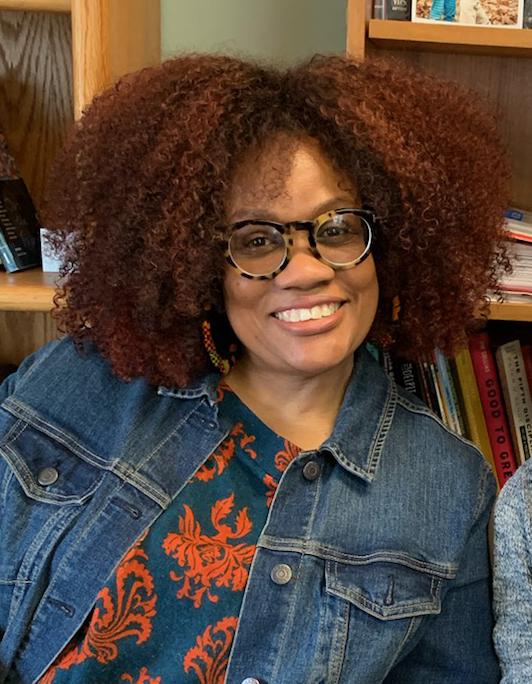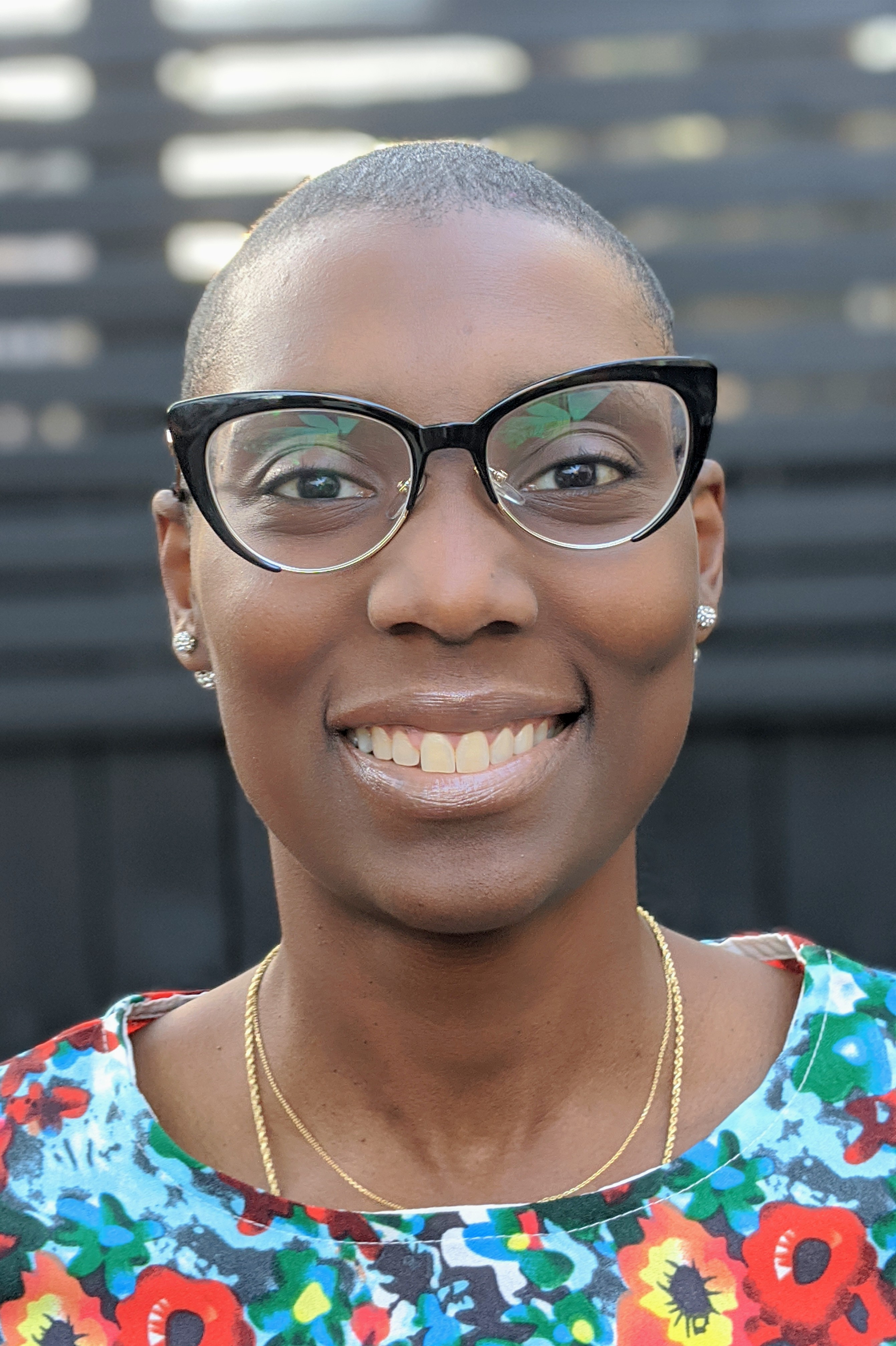How to Create a Culture of Care in Schools – and Why
It takes time and patience and attention. It takes a coalition of the willing, purveyors of hope, and believers.
It takes time and patience and attention. It takes a coalition of the willing, purveyors of hope, and believers.
We recently co-facilitated a webinar for the American Federation of Teachers on “Self-Care and Communal Care for Ourselves and Our Students.” Participants gave us lots of positive real-time feedback about the plethora of activities we offered to support a culture of care at schools and address barriers to building that culture.
But later we realized that we didn’t spend a lot of time talking through action steps: How do we get that culture of care started? How do we keep it going? And, even more importantly, why do we need community care in our schools?
 |
 |
Dionne Grayman (top) and
|
As former teachers who now coach other teachers every day, we are deeply aware of the challenges educators face under so-called "normal" circumstances. But despite what educators must grow accustomed to and even normalize over the span of their careers, it has been far from what should be the norm.
Since March 2020 when the world fell under quarantine and concurrent pandemics, the daily challenges of school life have been compounded. Virtual schooling, asynchronous classes, and Zoom became things. Unrelenting loss, deep grief, and unnerving fear and anxiety gripped us all to varying degrees. With videos on replay of lethal violence against Black bodies, millions of people protested in support of Black Lives. A near insurrection on the Capitol consumed our minds, bodies, and hearts for hours, days, and weeks at a time.
We’ve been deluged by cataclysmic news about mass shootings, the climate, and bank failures. Meanwhile, legislative assaults on transgender people, reproductive rights, voting rights, historical truths, and literary expression leave our schools further from safe and any semblance of “normal” than many of us have experienced in our lifetime. And even that “normal,” as Sonya Renee Taylor writes, “was never normal other than we normalized greed, inequity, exhaustion, depletion, extraction, disconnection, confusion, rage, hoarding, hate and lack.”
Considering all of this, how do we even begin the practice of community care, let alone create a process to manage it?
Over the past few years we’ve heard a lot about the importance of self care. To some extent, we’ve grown in our understanding of the importance of rest and relaxation, assisted by manicures and massages, home-cooked meals, baths, candles, and other tools for decompressing.
We begin with the understanding that self care and communal care are reciprocal, and both are needed to support a sustainable practice of care. As Emily and Amelia Nagoski shared, “the cure for burnout isn’t and can’t be self care. It has to be all of us caring for each other.”
Let’s not forget the lessons that so many of us learned in the early days of the pandemic about the impact of community in our lives. We learned, painfully and preciously, from singing on balconies, impromptu concerts, birthday parties from cars, and ritualized applause for health care workers, that we are at our best when we take care of each other.
Whether introverted or extroverted, in the silence, stillness, and pause we were able to reflect on what aspects of our communities work for us, and which don’t; what we missed when separated from others, and what we never want to return to.
We learned much about which communities feed our souls, and which ones leave us feeling depleted. We learned that we need to nurture and be nurtured by those communities we claim as ours, and that it’s much harder to do this life all on our own.
So we can begin creating a community of care by remembering what we have learned, and by gathering ourselves and gathering with each other.
How do we start?
Start small. Do one thing: co-plan lessons with colleagues or visit each other’s classes. Create a staff playlist. And then do another thing: organize a community clothing swap (declutter for spring!) or establish a sunshine fund. Then do a few more things: celebrate good news publicly; schedule intentional SEL activities for adults; hold a healing circle; beautify a shared space; host opportunities for community gatherings.
How do we keep it going?
People need to experience a consistent lifting of “The Why” until an idea, an initiative, an action becomes rooted firmly in communities. Building an intentional system of practices that support self and communal care is easy to do in times of calm and tranquility, where the waves lap gently and breezes seemingly blow kisses. But it feels near impossible when the roads become impassable, the wind is at full pitch howl, and the rain won’t stop falling. We need ways of being in community that allow us to build a container of connection through a generous sharing of values and agreements. And we need dedicated time to revisit these values and agreements, to ensure that they meet the needs of the community. Prioritizing “The Why” sharpens our focus and our actions.
How do we know it’s working?
It will work. It needs time and patience and attention. It needs a coalition of the willing, purveyors of hope, and believers. It requires those community members who carry joy as a torch and a shield. If you’re a fan of “Abbott Elementary,” you know we need a Janine and a Jacob. You want a Barbara and a Melissa because you’re going to have a Gregory, and quite possibly an Ava.
You’ll also need to have faith — the kind of faith that allows one to plant a seed and provide that seed with the light, air, sun, and water needed to grow, thrive, and flourish into a single flower, and another and another, until we find ourselves in a field of flowers, beautifully present and affirming.